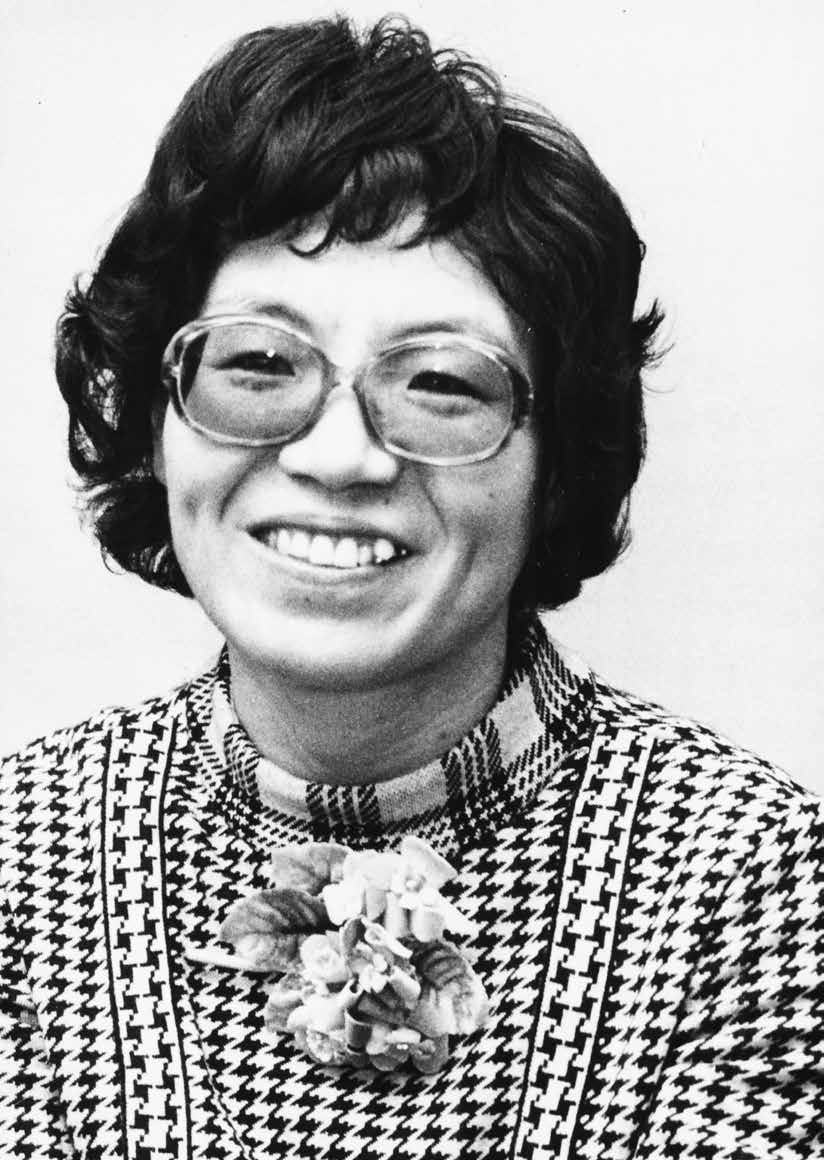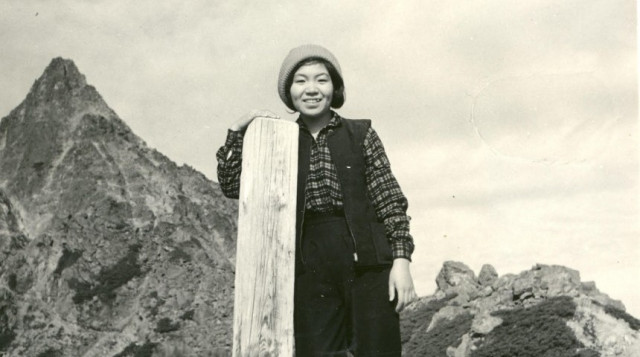Junko Istibashi was born in the year 1939 in a tiny agricultural town in Fukushima. Her love of mountain climbing started at the meer age of ten after she was taken by a teacher to hike Mount Nasu in Nikko National Park. Junko was always aware of her duties of being a women in the future. She must pursue a higher education and find a proper job in the “conservative Japan”.

"The 5 foot, 92 pound mother"

Northern Alps of Japan 1961
Honoring High Places: The Mointain Life of Junko Tabei byJunko Tabei and Helen Y. Rolfe